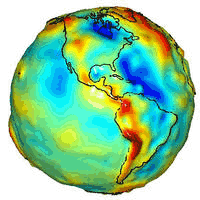
This is a kml image from the USDA Forest Service's remote sensing application center. The MODIS Active Fire Mapping Program makes available images depicting the current and historical fire detections, current large incident locations, and fire weather forecasts of the United States. This map shows the fire activity detected in the last 12hrs (red), last 12 to 24hrs (orange) and 6 days previous to last 24 hours (yellow) for 7-2-09. With a click on an individual dot indicator is information on latitude, longitude, dates, times, sensors and sources. The website is located at http://activefiremaps.fs.fed.us/wms.php






